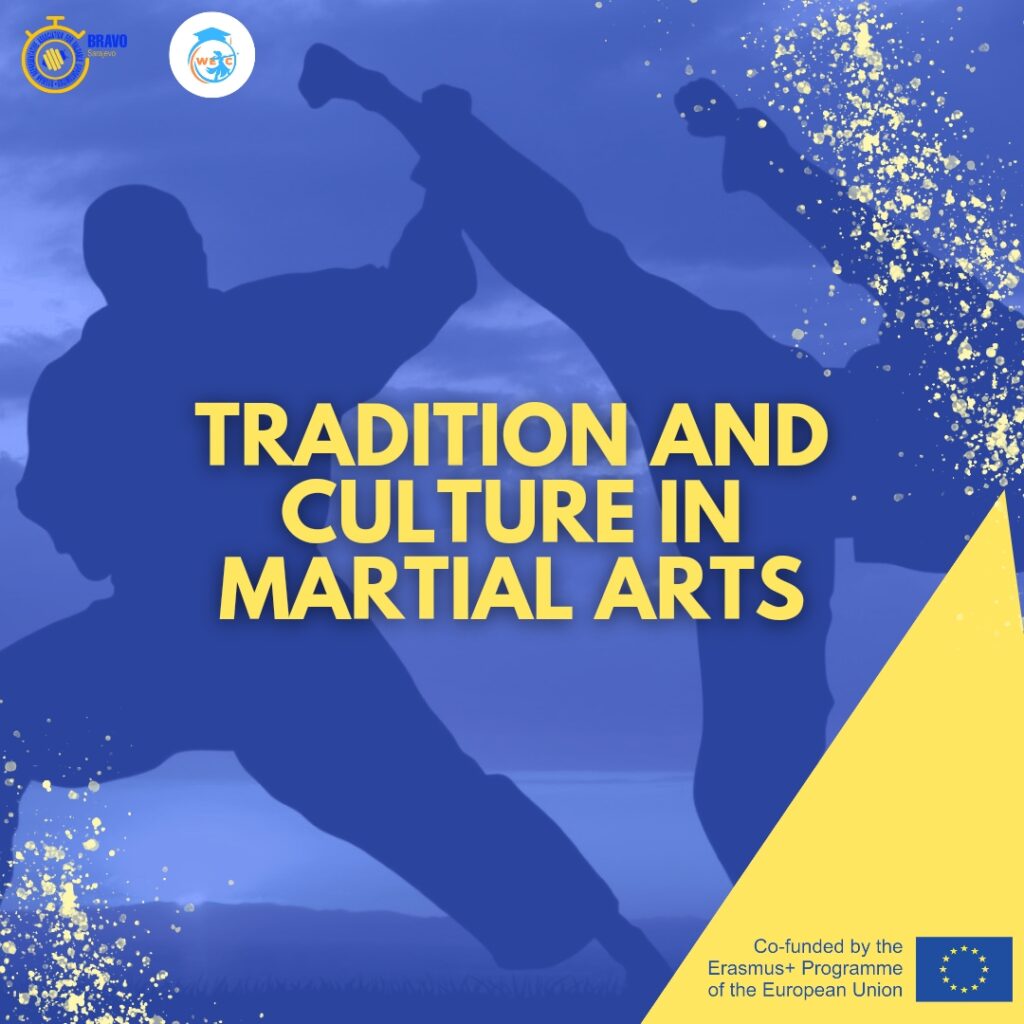
Historical Foundations Most martial arts trace their origins to ancient times, developed as methods of combat and self-defense. For example, Kung Fu can be traced back to the Shaolin Temple in China, where monks practiced it as a means of physical and spiritual training. Similarly, Japanese martial arts like Karate and Judo evolved from the samurai’s need for battlefield skills and discipline. The historical context of martial arts often includes the transmission of secret techniques and philosophies from master to student, preserving the purity and effectiveness of the art. These traditions were carefully guarded and passed down through generations, often within specific families or schools (dojos).
Philosophical Underpinnings Philosophy plays a central role in martial arts, influencing their practice and evolution. Many martial arts are deeply intertwined with Eastern philosophies such as Taoism, Buddhism, and Confucianism.
- Taoism and Kung Fu: Taoist principles of balance, flow, and natural movement are evident in Kung Fu. The concept of “wu wei” (non-action) emphasizes harmony with the natural world and can be seen in the fluid, adaptive techniques of Kung Fu practitioners.
- Zen Buddhism and Karate: In Japan, Zen Buddhism profoundly influenced martial arts. The meditative practice and the pursuit of “mushin” (no mind) are integral to Karate, emphasizing mental clarity and focus during combat.
- Confucianism and Taekwondo: Confucian values of respect, loyalty, and filial piety are embedded in Taekwondo. The martial art’s emphasis on courtesy, integrity, and perseverance reflects these cultural values.
Rituals and Etiquette Martial arts are rich with rituals and etiquette, which serve to instill discipline, respect, and a sense of community among practitioners. Common practices include:
- Bowing: Bowing is a universal gesture of respect in martial arts, whether to instructors, fellow students, or the dojo itself. It signifies humility and recognition of the shared journey in martial training.
- Uniforms (Gi, Dobok): The traditional uniforms worn in martial arts symbolize equality among practitioners, stripping away external status and focusing on the individual’s skill and character.
- Ceremonies: Belt ceremonies mark the progression of students through different levels of expertise, reinforcing the importance of perseverance and continuous learning.
Cultural Expressions Martial arts also serve as cultural expressions, showcasing the artistic and aesthetic values of their origins. Forms (katas, poomsae) in martial arts are not only practical sequences of movements but also performances that reflect the cultural aesthetics of their regions.
- Chinese Lion Dance and Kung Fu: Often performed during Chinese New Year, the Lion Dance is closely associated with Kung Fu schools, symbolizing strength, courage, and good fortune.
- Japanese Tea Ceremony and Aikido: The precision and mindfulness in the Japanese tea ceremony parallel the discipline found in Aikido, where practitioners strive for harmony and precision in their movements.
Modern Adaptations While rooted in tradition, martial arts continue to evolve, adapting to contemporary contexts while preserving their core values. Modern martial arts schools often incorporate cross-training in different styles, sports science, and even digital tools for instruction. Despite these innovations, the essence of martial arts, its traditions and cultural heritage, remains a cornerstone.
Conclusion Tradition and culture are the bedrock of martial arts, offering more than just physical training. They provide a pathway to understanding deeper philosophical concepts, fostering a sense of respect, discipline, and community. As martial arts continue to grow and adapt, they remain a living testament to the rich cultural heritage from which they spring, bridging the past and present in a continuous journey of personal and collective growth.
